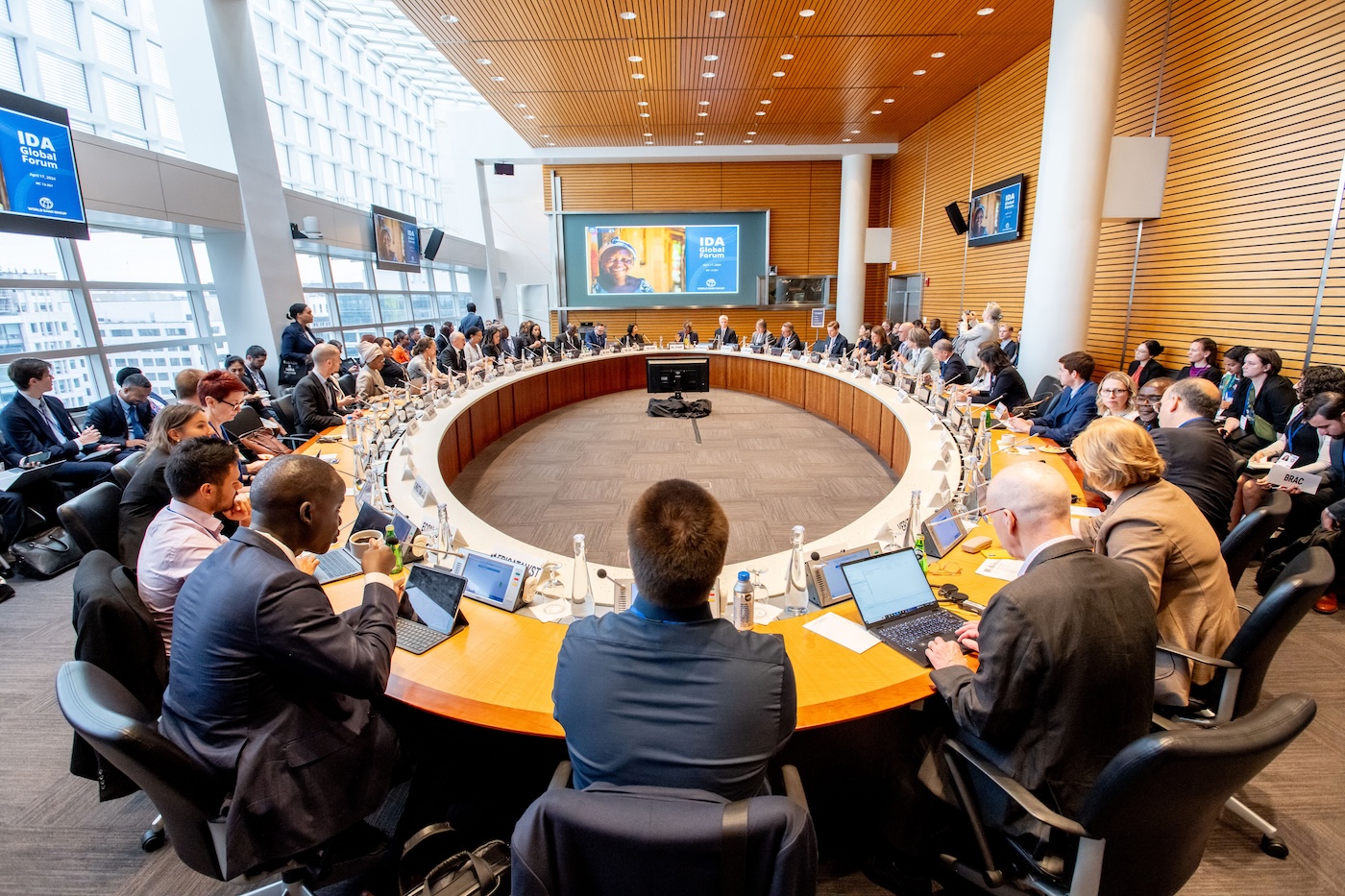The Canadian government has made some impressive steps towards prioritizing gender and women’s rights in international relations. I’m hoping that’s a sign of momentum towards even bigger steps in the New Year—using the full range of tools from trade and migration policy through investment and aid.
In just the past few months, the Canadian government has made:
-
A number of commitments around women peace and security, including the “Elsie Initiative,” which will provide training, support, and financial incentives to increase the proportion of women in UN peacekeeping operations.
-
An updated trade deal with Chile that includes a gender chapter referencing existing gender equality commitments made by both countries, creating a trade and gender committee to foster initiatives to ensure women benefit equally from trade, and a proposal to the WTO Working Party on Domestic Regulation that members do not discriminate against individuals on the basis of gender in the context of licensing requirements, licensing procedures, qualification requirements, or procedures.
-
A commitment to support 1,200 largely Yazidi women and girls alongside male family members fleeing violence in Northern Iraq.
-
A new Feminist International Assistance Policy which places a strong emphasis on—and reallocates funding towards—gender equality and empowerment of women and girls. Not least, that has involved a 3-year commitment of $650 million towards family planning and reproductive health as well as a $150 million 5-year fund for women’s rights organizations.
And there’s evidence of more to come—not least of which, Canada’s plan to focus the upcoming G7 meeting in Charlevoix on gender equality at home and abroad. This is good news—and suggests there might be potential to build on a strong start with even more.
Improving gender equality across the board
On trade
The government says that gender chapters in trade agreements will be standard going forward. That’s great news, but it would be better to see them have more bite, and to have elements included in the binding parts of the treaty. In particular, Canada could make a commitment to use trade deals (and continue pushing at the WTO) to tackle gender apartheid in the workplace. Seventy-nine countries restrict the kind of jobs women can do purely on the grounds they are women. Fifteen countries say men can stop their wives getting a job. These kinds of restrictions mean that women have fewer opportunities to benefit from global exchange than do men, and they stand in contravention of Article 11 of the Convention on the Elimination of All Forms of Discrimination Against Women (CEDAW)—to which Canada is party alongside 109 other countries. Canadian trade officials could highlight removal of gender apartheid laws as areas for pre-ratification reform.
On migration
Canada’s migration policy could both benefit the country and some of the world’s most discriminated-against women with a tweak in the system. Worldwide, women want to migrate equally with men. Women from gender-unequal countries are particularly keen to move, but the extra barriers they face means that fewer actually manage to leave. About 45 percent of all immigrants to Canada are women, but from countries that put specific legal barriers in the way of women emigrants, the female share drops to 36 percent. Given the extra barriers these women face, the ones who manage to leave are likely to be particularly able and motivated—and so of high value to Canada. And given the increasing evidence of “social remittances”—migrants repatriating not just money but attitudes to their home countries—increased women’s migration will be a force for change in sending countries. That suggests a triple win for the migrants, Canada, and sending countries from a policy of favoring women emigrants from gender-unequal countries. The change would be simple to introduce given that Canada already uses a points system for immigration decision: just add a few points for women from the selected group of gender-unequal countries.
On investment
Regarding investment, Canada is about to set up its own Development Finance Institution— to support private investments in developing countries. Along with the rest of the World, Canada itself has a real problem with gender equality in private sector management. Women hold less than nine percent of the five highest-paid jobs in each of Canada’s 100 largest listed companies. One (more) reason that’s a problem is that women-managed firms hire considerably more women staff. So if Canada wanted to maximize the impact of its DFI on women’s economic empowerment worldwide, it would search out women-run companies to support—perhaps even offering preferential terms. It should also prioritize investments that help overcome barriers to women’s entrepreneurship—partnering with financial institutions to promote women’s financial inclusion, for example. At the same time, Canada should ensure that it doesn’t support gender-unequal investments. Given the number of countries worldwide have laws that specifically discriminate against women’s participation in the workforce, and the fact such laws are associated with considerably lower female labor force participation, companies receiving DFI support should be encouraged to mitigate the impact of local discriminatory legislation to the extent possible within the host country’s domestic laws by following a code of conduct regarding women’s employment and reporting data on employment by gender. If the government wanted to go further and help the Canadian private sector as a whole become a world leader in gender equality it could encourage the same code of conduct and mandate the same reporting on all Canada-based multinationals. And it could also take the emerging idea of supplier diversity goals for Canadian government procurement global—setting goals for aid and other overseas procurement, and encouraging multilateral institutions like the UN and World Bank to follow suit.
On aid
While aid resources are moving towards prioritizing women and girls, Canada’s overall aid budget fell by 4.4 percent last year. ODA as a proportion of GDP is now at 0.26 percent—that’s considerably below the OECD average. Better aid is at least if not more important than more aid. And shifting resources towards programs like family planning where there is a strong evidence base of effectiveness is likely moving towards better aid. But girls and women also benefit when Canada provides resources for quality education, vaccines, access to productive assets, gender-responsive infrastructure to reduce unpaid care work burdens, or (even) budget support. An improved feminist international assistance policy would involve both better and more ODA.
A global partnership
Finally, the Canadian government could use its global leadership position on gender to support international partnership. Women’s economic empowerment is an area where all countries (and firms) have a long way to go, with developing countries often ahead of (at least some) OECD countries: 32 percent of firms included in the World Bank’s enterprise surveys of East Asia and the Pacific are managed by women compared to 15 percent in high income OECD countries, for example. That suggests there are lessons to be learned across income divides in both directions. A global partnership of business and political leaders could make and track commitments on how they will help level the playing field for women in the economy, as well as sharing what has worked.
I’m excited to see Canada’s burgeoning leadership on gender in international relations. From this side of the border, it is hard not to be a little jealous. But it would be great if the New Year brought even more to be jealous about.
Disclaimer
CGD blog posts reflect the views of the authors, drawing on prior research and experience in their areas of expertise. CGD is a nonpartisan, independent organization and does not take institutional positions.
Image credit for social media/web: Social media image by Dominic Chavez/World Bank





